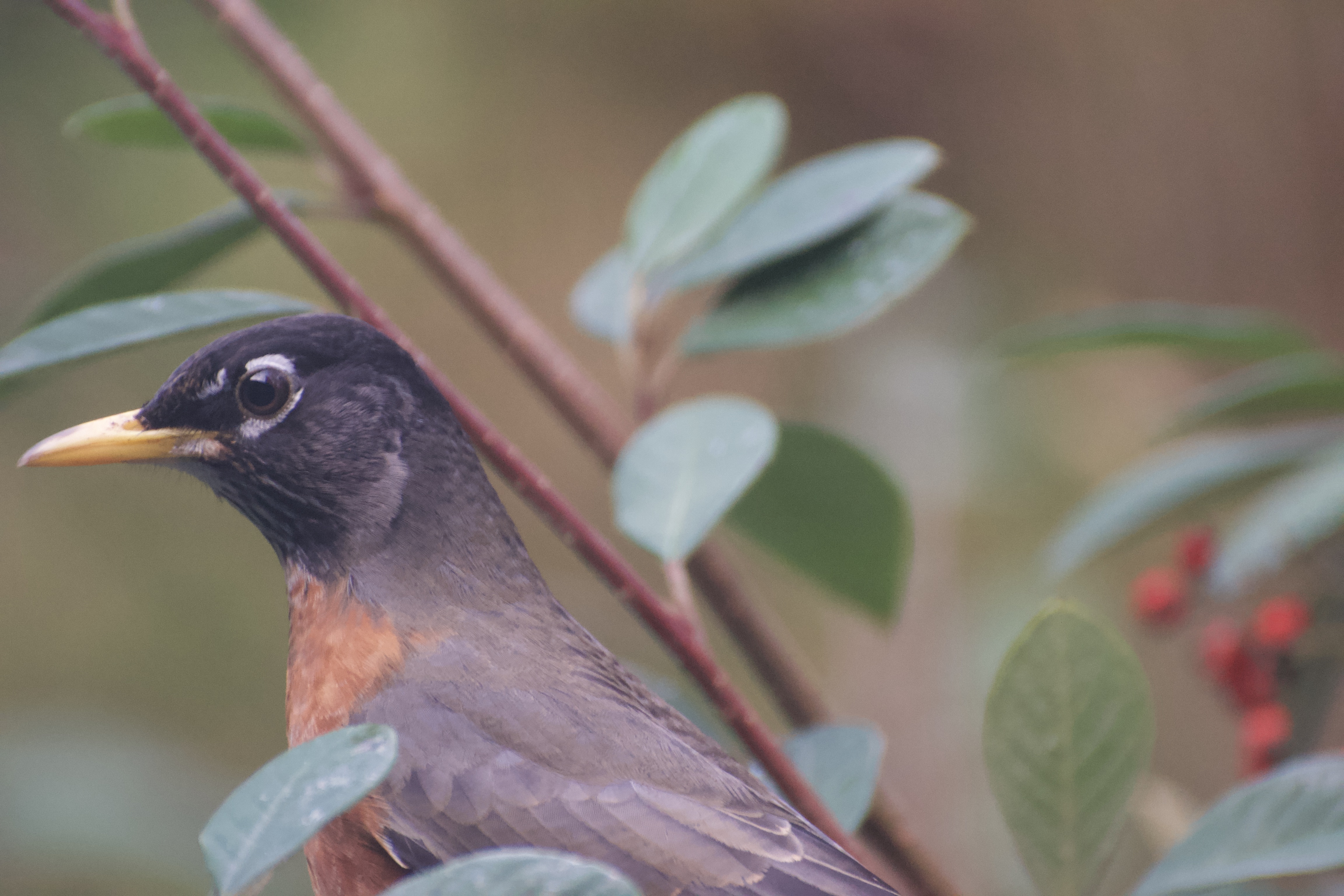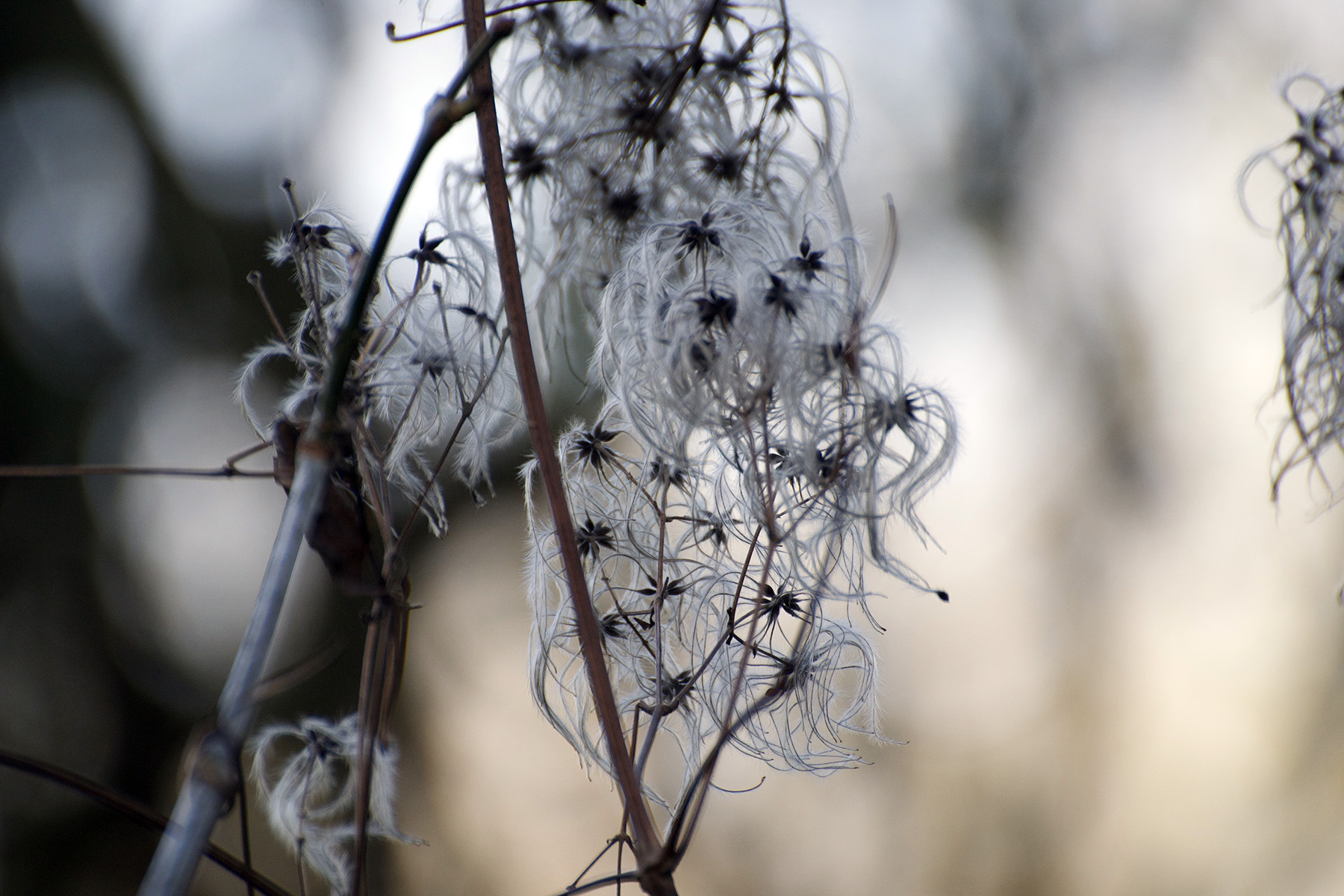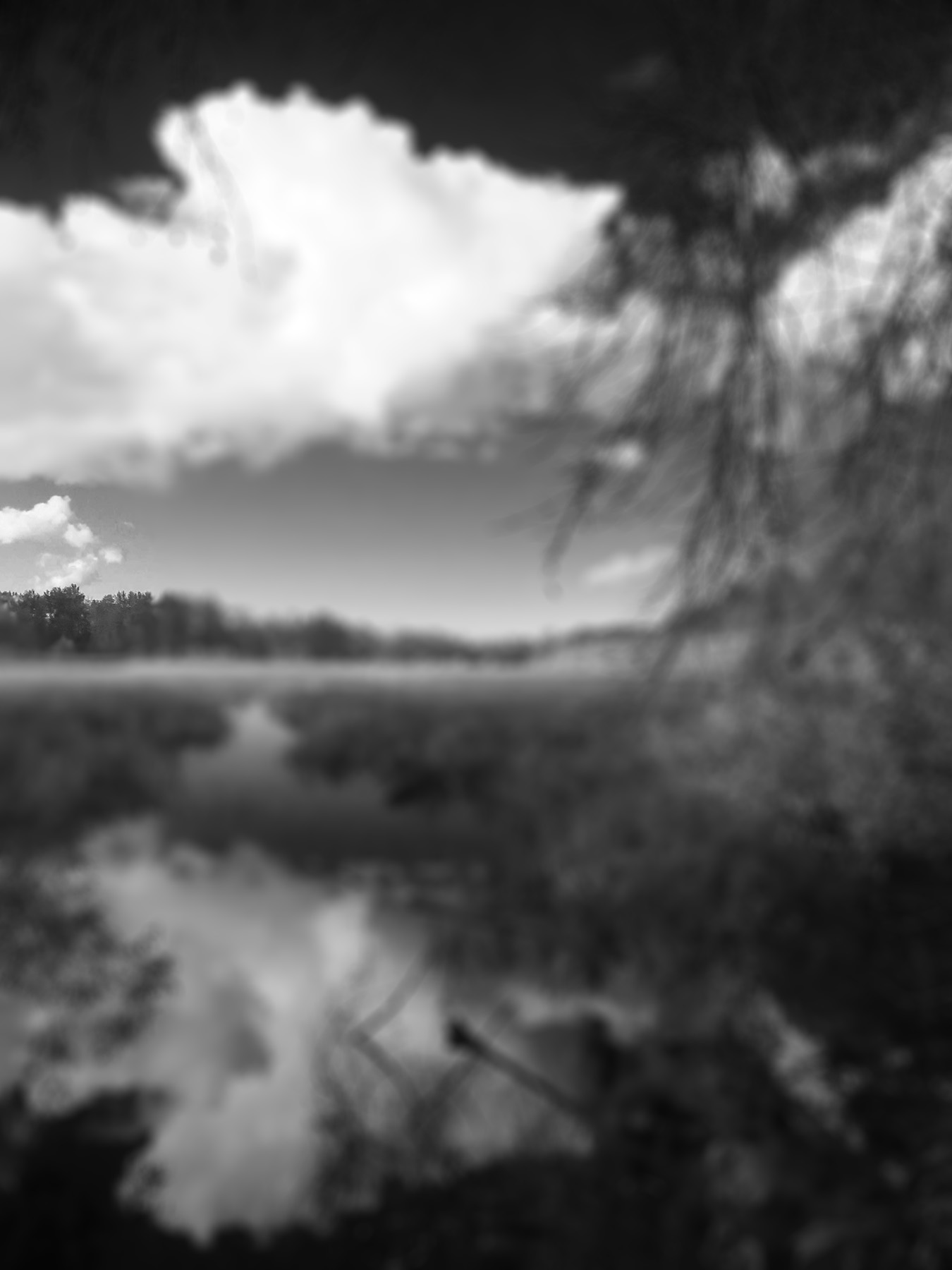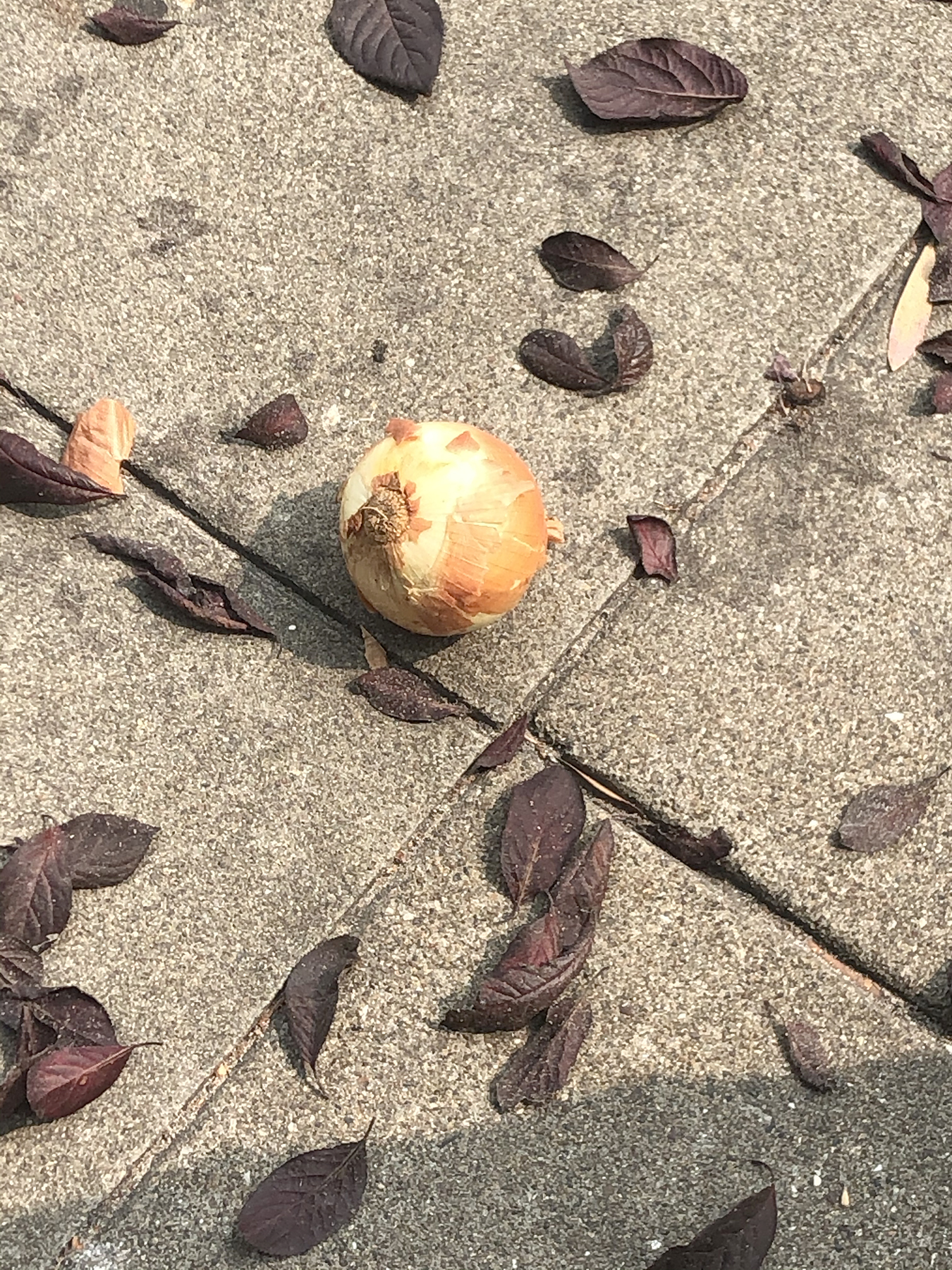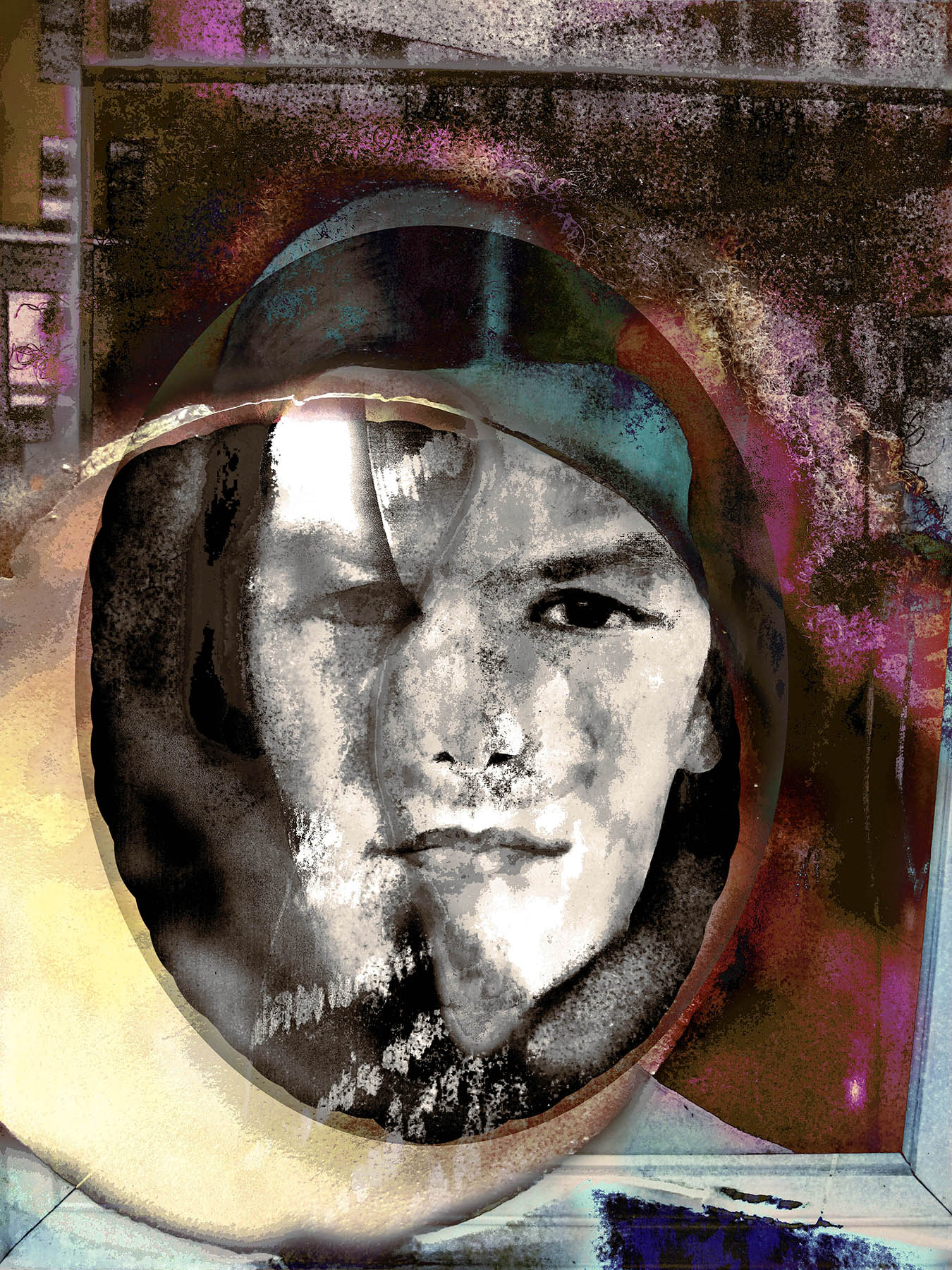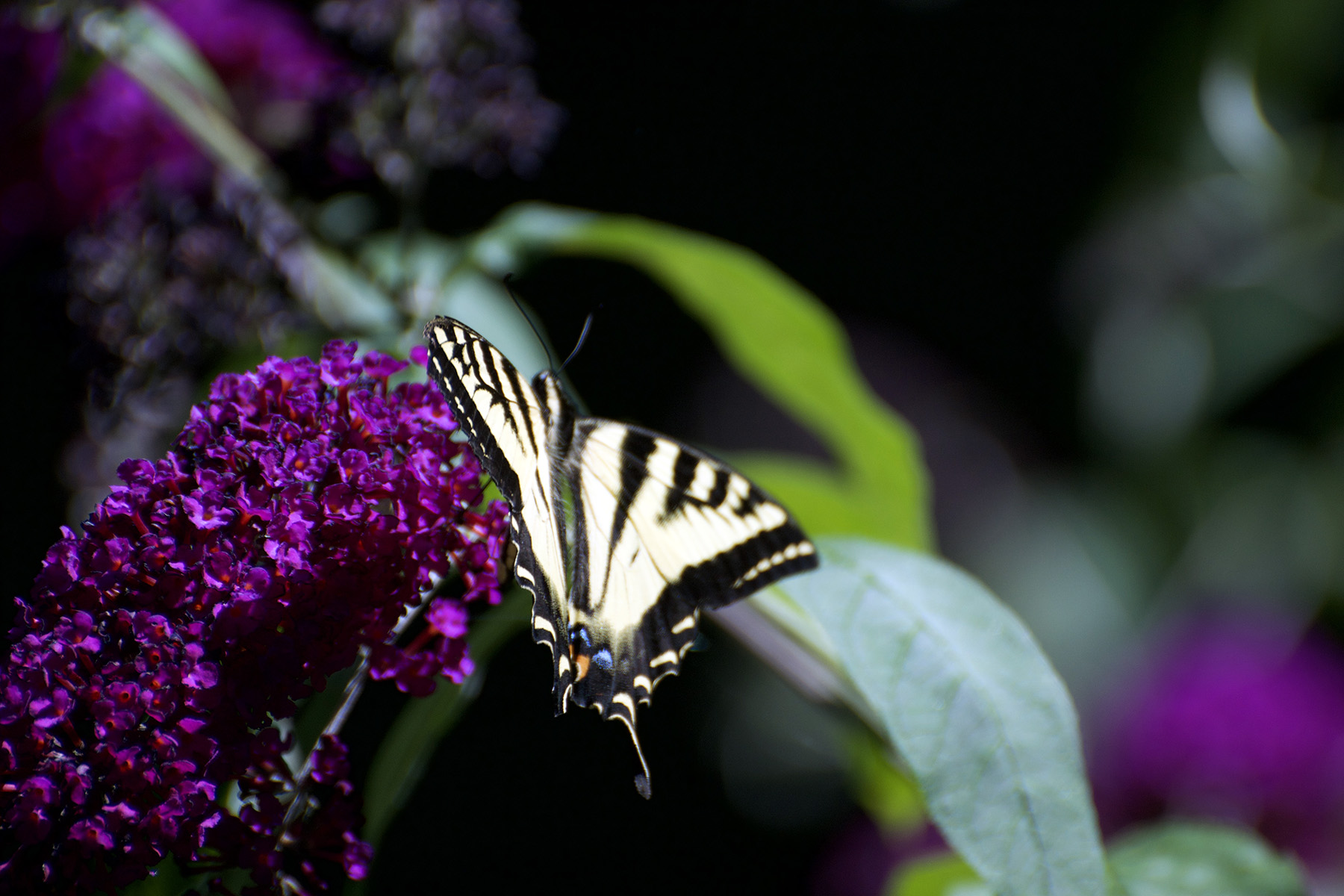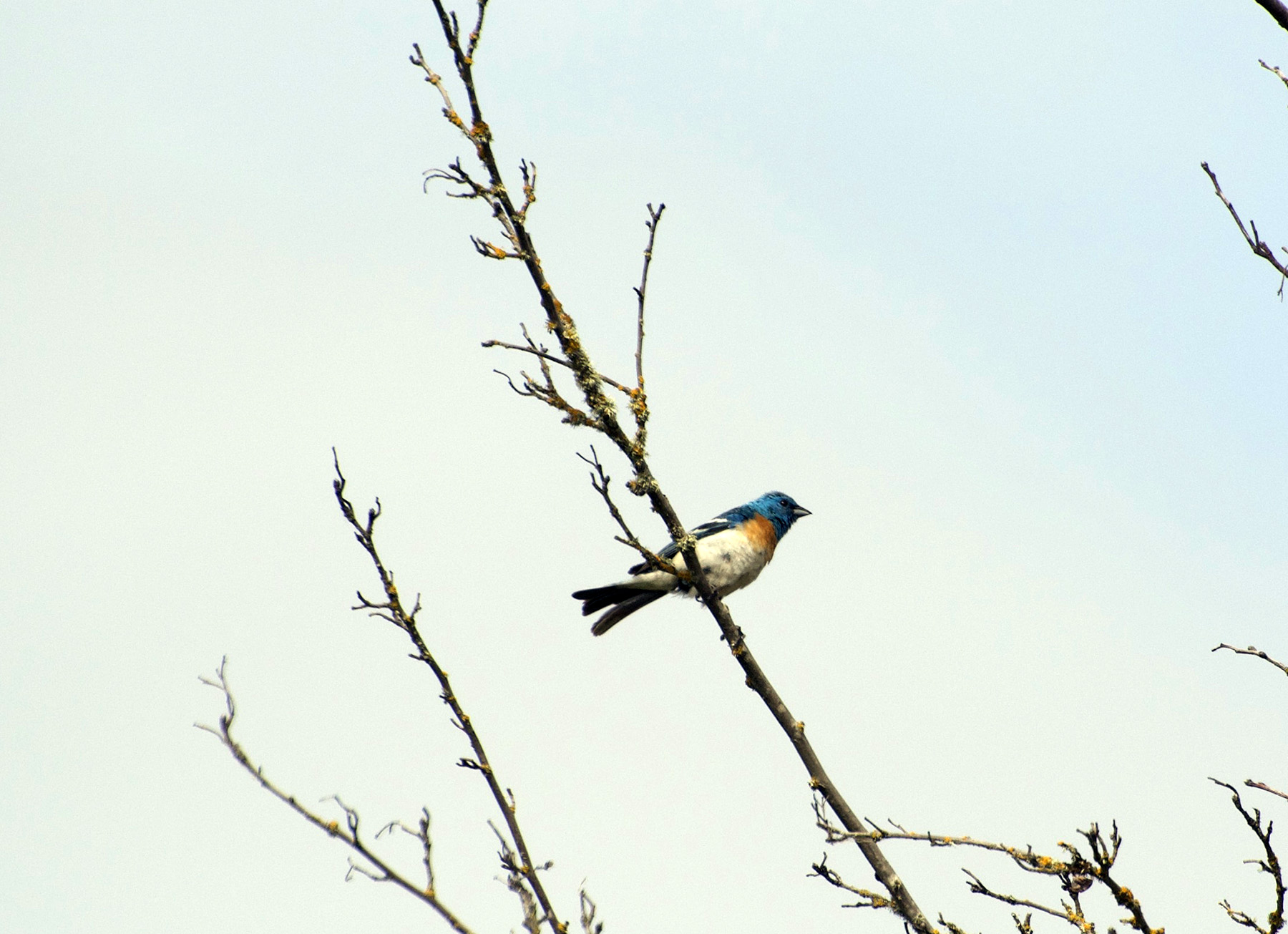Today I am thinking about a ruler contemplating the invasion of Persia. Croesus, not tRump, in case your thoughts went there. There are admittedly some parallels, of course. Filthy rich comes to mind (although purportedly rich, in the case of the latter,) invading and subjugating, and eventually facing a downfall through overreach. (Hello Georgia: a shout-out to all the organizers and voters!)
Croesus (c. 560–546 BC,) having successfully conquered Ioania, was in turn subjugated by the Persians under Cyrus when he went to war with them. His country paid the price, he, on the other hand, got away with it – Herodotus claims that the King, condemned by Cyrus to be burned alive, was saved by the god Apollo and eventually accompanied Cyrus’ successor, Cambyses II, to Egypt.

Will we see something similar unfolding in our contemporary situation with Iran and the slinking off of a defeated ruler, escaping his just punishment? According to Israeli news sources, the war pressure is on. According to the pattern of a life time, he just might.

Croesus was on my mind because of the puzzling observation that a wonderful poem about him and his relations to the oracle of Delphi pretends that we don’t know what important question he asked. History has, after all, preserved exactly that question and the catastrophic misinterpretation of the oracle’s answer. The king wanted to know whether he should go to war against the Persian Empire and the oracle replied: “If Croesus goes to war he will destroy a great empire.” Turns out he did. His own.

Brian Culhane, the poet, is perfectly aware of what the question was. He is educated in classics, his work steeped in them. (I had earlier presented one of his poems here. The King’s Question, the book that contains today’s selection, was the winner of the Emily Dickinson First Book Award, which recognizes an American poet over the age of fifty who has yet to publish a book of poetry.) The interplay between ancient history and his contemporary writing is what made me choose him for today’s musings in the first place.

(Yes, it’s long. Yes, it’s worth it!)
The King’s Question
In memory of Nancy Tow Spiegel
Before he put his important question to an oracle,
Croesus planned to test all the famous soothsayers,
Sending runners half around the world, to Delphi,
Dodona, Amphiarius, Branchidae, and Ammon,
So as to determine the accuracy of their words;
His challenge: not to say anything of his future
But rather what he was doing in his capital, Sardis
(Eating an unlikely meal of lamb and tortoise,
Exactly one hundred days after messengers had set out).
This posed a challenge, then, of far space not of time:
Of seeing past dunes and rock fortresses; of flying,
Freighted, above caravans and seas; of sightedness,
As it were, in the present construed as a darkened room.
Croesus of Lydia sought by this means to gauge
The unplumbed limits of what each oracle knew,
Hesitant to entrust his fate to any unable to divine
Lamb and tortoise stewing in a bronze pot.
When only the Pythia of Apollo at Delphi correctly
Answered from her cleft, her tripod just the lens
For seeing into the royal ego, she put his mind to rest,
But not before speaking in her smoke-stung voice:
I count the grains of sand on the beach and the sea’s depth;
I know the speech of the dumb and I hear those without voice.
We know this because those present wrote it down.
Of the King’s crucial questions, however, there is nothing.
We have no word. The histories are silent.
My analyst,
Whose office on Madison was narrow as an anchorite’s cave,
Would sit behind me as I stared up at her impassive ceiling,
As the uptown buses slushed all the way to Harlem,
And I would recount, with many hesitations and asides,
The play I was starring in, whose Acts were as yet
Fluid, though the whole loomed tragically enough.
She would listen, bent over knitting, or occasionally note
Some fact made less random by my tremulous soliloquy.
When much later I heard of her death after long cancer,
I walked across town and stood, in front of her building,
Trying to resurrect those afternoons that became the years
We labored together toward a time without neurosis,
When I might work and raise a family and find peace.
Find, if not happiness exactly, some surcease from pain.
What question had I failed to ask, when the chance was mine?
When she, who knew me so well, could have answered?
Let just one of those quicksilver hours be returned to me,
With my knowledge now of the world, and not a boy’s,
With all that I have become a lighted room. One hour
To ask the question that burned, once, in a King’s throat:
The question of all questions, the true source and center,
Without which a soul must make do, clap hands and sing.

The pretense of not knowing what the king’s question was serves a Gedankenexperiment that leads to today’s oracles, psychoanalysts. Here is a power hungry guy, itching to go to war, testing his soothsayers’ capabilities by inquiring about the mundane issue of what’s for supper. Only the wise woman from Delphi correctly identifies what’s on the menu: the (sacrificial?) lamb and the tortoise (Χελωνη,) the one so perfectly shielded against assault.
The tortoise, it turns out, who used to be a nymph refusing to go to divine weddings, loving to stay home. Subsequently punished by Zeus with transformation into an animal that has to carry that home forever on her back. Also the one that is reported to have killed playwright Aeschylus when dropped on his head by a bird. Also the one that was a sacred symbol of Hermes, the swift messenger God and all around trickster. And of course the one mentioned by Freud In Totem and Taboo as one of the animals used for totemic meals, the annual sacrifice and consumption of the animal, symbolizing the murder of the archaic father. Pick your preferred symbolism from the soup bowl!
But no mention of the question.

So let’s turn to the analyst’s office of years gone by, a place to choose symbolic meaning and interpretation with care, as if it mattered. The poet reminisces about the construction of a life narrative with certain roles and uncertain outcomes, perceived at the time as a tragedy with the self-pity of youth.
The quiet lady is a knitter – now where did we hear about yarn last? Moirai, the fates, where Clotho (the nicest of the three) spins the yarn, the thread of life, that is tied to your destiny. But also Ariadne, who plies Theseus with a sword and a ball of red yarn that helps him escape the labyrinth after he kills the Minotaur. It was Freud himself, after all, who claimed in an interview in 1927 that psychoanalysis “supplies the thread that leads a man out of the labyrinth of his own unconscious.”

Spinning a yarn, as some conceive of therapy, is not to be dismissed. Threads weave patterns, and they become stories, with a beginning and an end, mapping the maze, which is, after all, finite as well. Would any particular question change that? Would an oracle/ therapist supply an answer any less ambiguous than that which led Croesus astray? The very fact that the narrator is even wondering what question he failed to ask, suggests it could not have made that much of a difference. Narratives shift, narratives might not be based on reality, but narratives do bring some order into the experienced upheaval. They need to be cohesive, but they do not depend on definitive answers. The very fact that the oracle of Delphi denied certitude – like the Gods, or life itself – to the questioner, frames how loaded questioning – and answers – can be. Catastrophe might well ensue.

Without definitive answers Culhane’s last line suggests we “must make do, clap hands and sing.” Action is what counts in this play that we have been assigned to, or this script that we constructed ourselves, preferably with joyful expression. Living a life rather than thinking about it. The only way out of the maze.

Photographs today are of a different kind of invasion: not kings, but robins decided to pick the last specks of colors in my wintry yard, gorging on the red berries.
Music by Strauss tells the tale of Ariadne, one who saves with love and pragmatism.
Bonus: There is a lovely 1971 album by Francoise Hardy called La question. Available in full on Spotify. Here is the title song.

